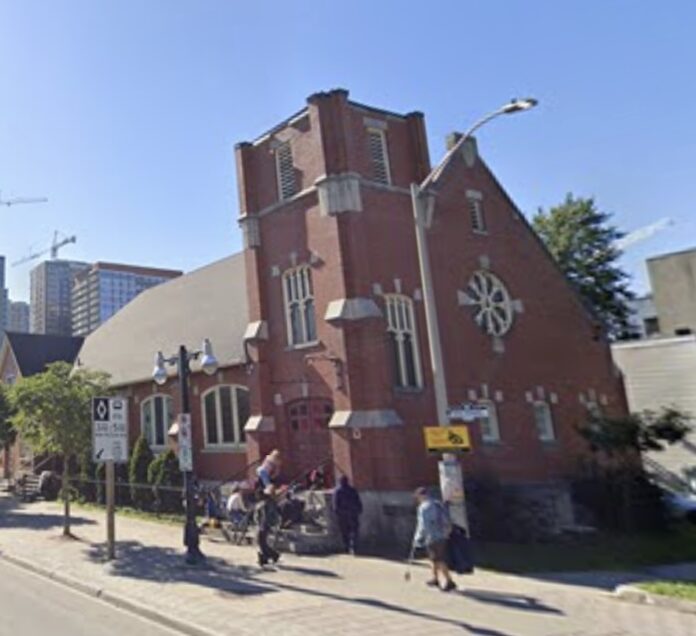By Mark Buckshon
Ontario Construction News Staff writer
Ottawa’s municipal Built Heritage Committee on Monday supported removing an additional 73 properties from the city’s Municipal Heritage Register.
This is the second of three planned reports that will remove the majority of the 4,600 non-designated properties listed on the register. The register provides protection from demolition for listed properties, all of which are considered to have cultural heritage value. The vity is removing properties in phases to ensure Ottawa’s register complies with the Ontario Heritage Act.
The March 4 report recommends removing listed properties within wards 7, 8, 9, 10 and 11. Once removed, these properties can be re-added at any time, for a two-year period.
The Act was recently changed such that any properties still on the register at the end of 2024 would be automatically removed and could not be re-listed or designated as heritage properties for a period of five years. Removing them in advance will provide the City with more flexibility to protect these properties in the coming years.
The committee also recommended designating two properties under Part IV of the Ontario Heritage Act. The property at 2 Peter St. meets four of the nine criteria for designation and has design value as an early example of the vernacular stone houses constructed in the Ottawa area. The house is also associated with the Scott and Bayne families – early and prominent farming families who played integral roles in the agricultural development of the City View neighborhood in Nepean.
Meanwhile, the Église évangelique baptiste d’Ottawa at 284 King Edward Ave. meets seven of the nine criteria for designation. It is a representative example of church architecture influenced by the Late Gothic Revival style and was the first French Baptist church in Ontario. The church is linked to the Francophone community in Lowertown, having continuously provided services in French since it was established at the beginning of the 20th century. It also reflects the neighbourhood’s eclectic mix of buildings, dating from the 19th and early 20th centuries.
City council will review the committee’s decision at its April 3 meeting.

